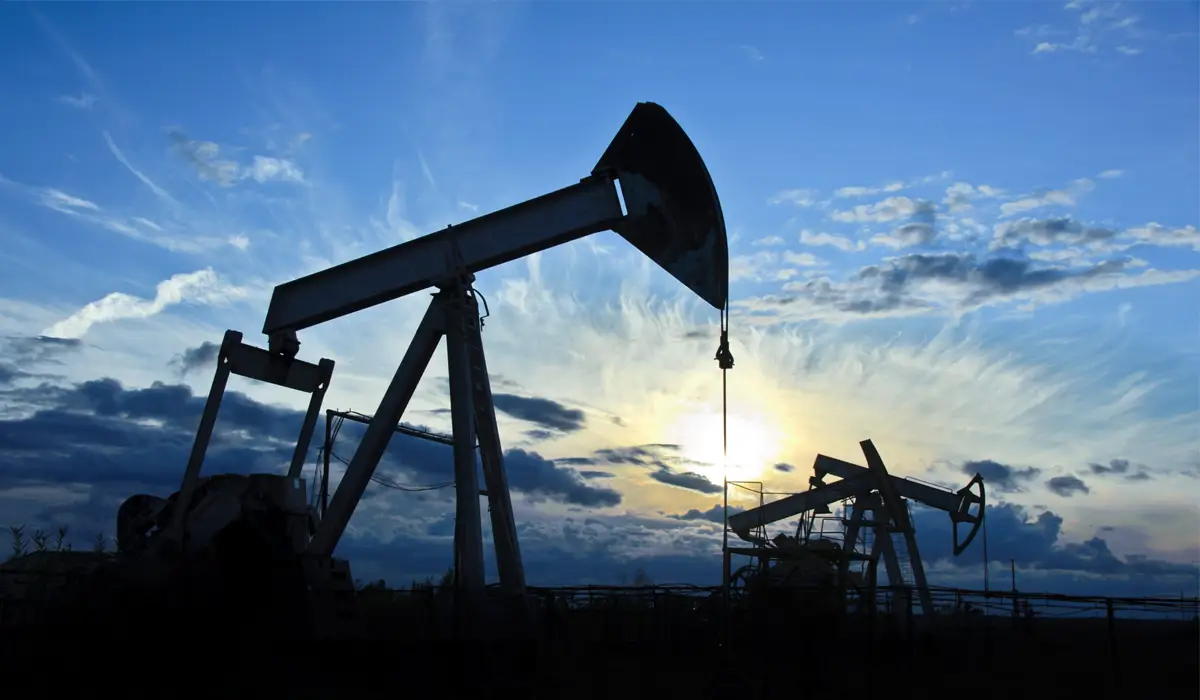Understanding Royalty Agreements and Navigating the Complex World of Selling Minerals and Royalties
Want to find your way around the complicated world of minerals and royalties? Venergy Momentum is here to help. We are professionals who can assist you, whether you’re thinking about selling minerals and royalties or just want to know your mineral rights valuation. Explore our services and schedule a complimentary consultation.
What Factors Influence The Decision To Sell Your Minerals And Royalties?
The mineral ownership considerations and the development stage of your assets play a significant role. While there are few highly advantageous opportunities to sell, certain periods are certainly more advantageous than others. It’s essential to note that not all oil and gas regions yield the same results. Some shale plays are more productive than others. Furthermore, mineral rights market trends and the rules of supply and demand significantly impact the value of your assets. Royalty income benefits can also be a deciding factor for many.
Let’s explore the following development stages and the selling opportunities they present.
Unleased/Undeveloped: At this stage, patience is key. Selling your minerals when they lack value isn’t advisable. However, for long-term investors, this could be an opportunity to acquire undeveloped rights at a favorable price, especially if the region shows potential for future development.
New lease taken/bought: When an operator acquires a lease, the asset’s value increases significantly. The lessee is a big piece, but the lease duration and terms are especially crucial at this juncture; oil, gas, and mineral leases are not all created equal. Factors like royalty percentages and the lease’s specific clauses can influence its value significantly.
Value decreases while time passes: If development doesn’t commence post-leasing, the value might decline as the lease nears expiration.
One or more permits are filed: The filing of permits by an operator boosts the asset’s value. However, if drilling doesn’t commence within a year, the value might decrease, as permits typically have a one-year validity.
PUD Stage: Drilling starts: The commencement of drilling by an operator is one of the most advantageous times to consider selling a portion of your interests, as the drilling of new wells significantly increases the asset’s value. The number of wells drilled and completed will further influence this value. Buyers want that flush production!

As production from the new well(s) starts to decrease, so do values: As the new wells come online and you start to receive the brand new flush production, which is typically several months at a time, the value of your interests immediately starts to decline due to the majority of shale wells depleting 70–80% of their maximum potential in the first 1-3 years.
PDNP Stage: Additional wells drilled but not completed: If the operator drills multiple wells but only completes a few, the asset enters the Proven Developed, Non-Producing (PDNP) stage. Mineral and royalty buyers will closely monitor the results of the completed wells and adjust any offers they put forward to purchase mineral and royalty interests. Good operator and good wells drilled = good offers. Simple as that!
Production from the first well(s) continues to decrease: The majority of a new well’s production and potential substantially decrease in the first 1-3 years, upwards of 70–80%. This is not something to be taken lightly.
Additional drilled wells are being completed: The operator’s decision to complete previously drilled wells and drill new ones can also substantially increase the asset’s value.
PDP Stage: Acreage becomes fully developed: Once the operator completes the drilling of the maximum number of allowed wells in a given unit and starts production, the asset’s value declines due to the natural decline in well production. No more locations and no more drilling = lower valuations.
Selling Minerals And Royalties
The valuation of minerals and royalties often shows a disparity between buyer and seller expectations. This gap is caused by a number of things, such as not understanding how to value a mineral asset, overestimating the asset’s potential, the buyer’s risk-versus-reward analysis, and their planned exit strategy and when they plan to do it. It’s crucial for sellers to understand the intricacies of the mineral and royalty markets and to seek guidance from experts like landmen or attorneys. Best practices for selling minerals can guide sellers to make informed decisions.
It’s a big and changing world out there when it comes to minerals and royalties. Venergy Momentum is proud to have an A+ rating with the Better Business Bureau and five-star reviews on Google. We want to be your trusted partner on this journey. Our services are meant to give you clarity, direction, and help at every step. No matter how experienced you are as an investor or how new you are to the game, our team is here to help.




Leave a Comment